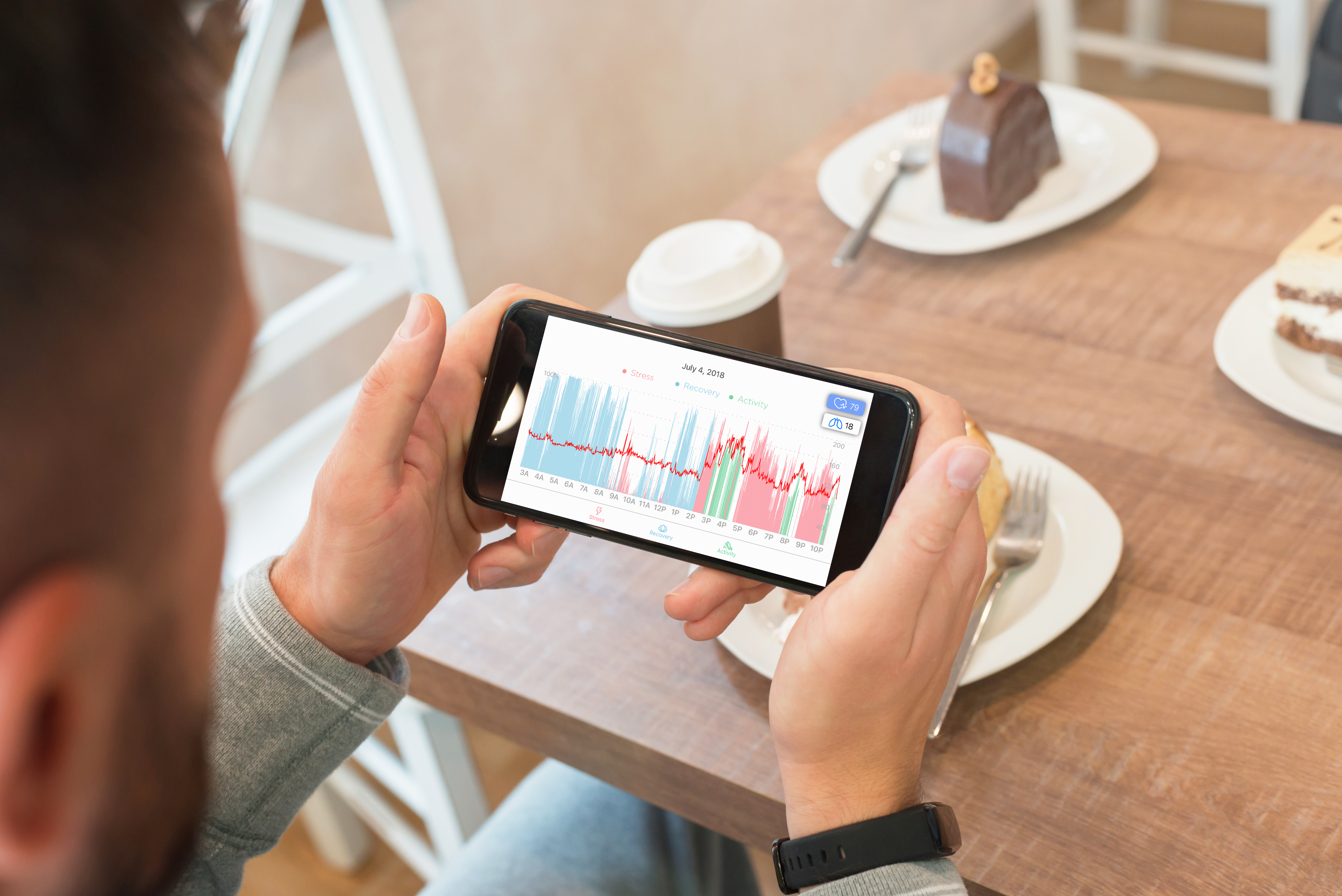
Wearable devices are changing how researchers run clinical trials. With access to real-time data, teams can adjust protocols mid-study, respond to early signals, and explore substudies as insights emerge.
With on-site trials, researchers typically lock in protocols early and often wait months or years before analyzing results. Today, continuous physiological data from wearables gives sponsors and CROs the ability to make informed decisions while the study is still underway.
As the FDA and other regulatory bodies continue to support digital health technologies, these tools are no longer limited to early-stage research. More later-stage trials now rely on wearable devices. Real-time monitoring gives researchers a clearer view of what’s happening with participants and opportunities to gather the data they need, and sometimes more than they expected.
In a traditional, on-site clinical trial, researchers set the protocol before enrolling the first participant. If researchers start to see early signals in the data or identify a new subpopulation worth studying, they usually have to wait until the trial ends to make adjustments.
But hybrid and remote trials, especially those using continuous data collection, open the door to more adaptive research. At UCSF, researchers are running a multi-year hybrid study on AFib using Vivalink’s wearable ECG patch to collect continuous heart rhythm data. Like many studies, this one spans several years to gather enough cases for meaningful analysis. But with continuous monitoring, researchers didn’t have to wait for the study to conclude to act on what they saw.
Early signals in the wearable data helped the team identify new paths worth exploring. Researchers launched a related substudy focused on CHIP (clonal hematopoiesis of indeterminate potential), a blood cell mutation linked to AFib and inflammation. They also began a separate study tracking heart rhythm changes in high-risk pregnant patients.
While continuous data helps researchers collect consistent data, it also gives them the ability to act on it. With wearable devices collecting real-time physiological signals like heart rhythm, activity, and blood pressure, research teams can respond to trends as they appear instead of waiting for end-of-study analysis.
In the UCSF AFib study, Vivalink’s ECG patch provides a full week of health rhythm data every quarter from hundreds of participants. That level of ongoing detail has helped researchers track early signals, explore underlying biological mechanisms, and identify subgroups worth closer study, all while the trial is ongoing.
For sponsors and CROs, this level of insight supports adaptive clinical trials. With technology in place, the data coming in, and an active participant pool, researchers don’t have to start from scratch every time they identify a new pattern or potential risk factor. Instead of pausing or redesigning the entire trial, they can refine elements of the existing study or launch a related substudy focused on a specific population.
As the FDA continues to support the use of digital health technologies, sponsors and CROs have more freedom to incorporate wearable devices into later-stage clinical trials. What started as a tool for feasibility studies or small pilot projects is now becoming a core part of large, multi-year trials.
In its recent guidance, the FDA outlined that wearable sensors and remote monitoring tools can make it easier to collect frequent or continuous data from participants, including data that might not show up during a typical site visit. The agency also noted that these technologies help researchers detect novel endpoints and gather more granular insights than conventional methods.
With confidence in device accuracy and data quality growing, wearable-driven trials are no longer limited to observational endpoints. They can now support more complex study designs, even in later phases, where data needs to meet higher regulatory standards.
Learn how researchers are using Vivalink’s wearable devices in both early- and later-stage trials to collect real-time data and make improved decisions mid-study.
VivaLNK, Inc.
51 E. Campbell Avenue, Suite 160
Campbell, California 95008
Sales: info@vivalink.com
Support: support@vivalink.com
No Comments Yet
Let us know what you think